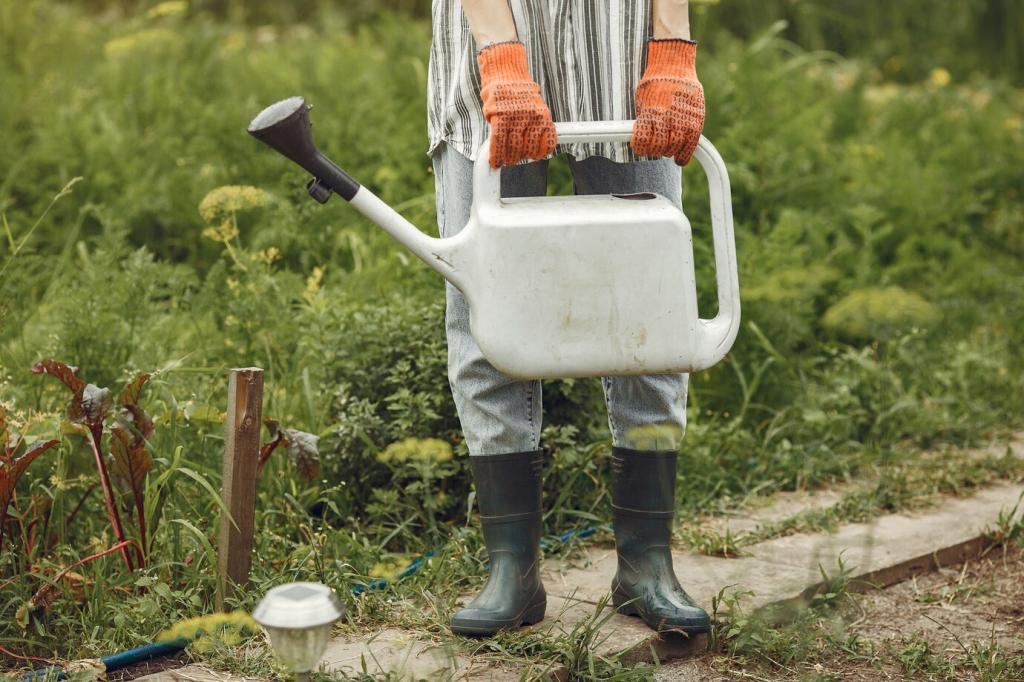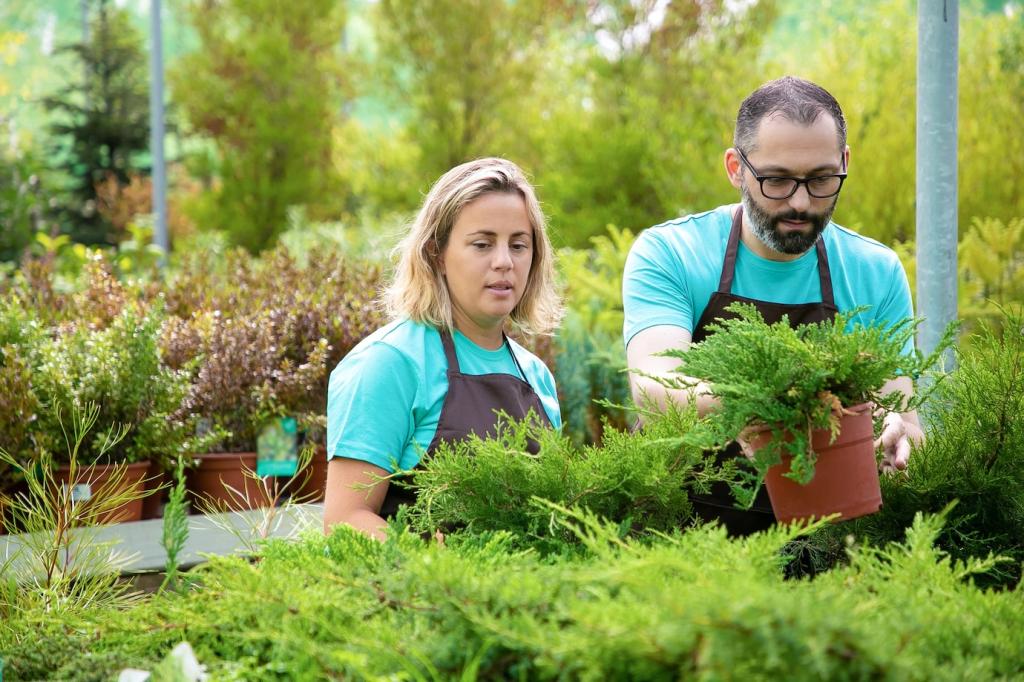Essential Winter Care for Houseplants
Understanding Winter Light Changes
01
As daylight hours dwindle, windows that were once bathed in sunlight may now offer only weak, indirect light. Many houseplants slow their growth as they adjust to these dimmer conditions, making it critical to evaluate each plant’s location. Plants that previously thrived a few feet from a window may need to be moved closer to capture what little sunlight is available. Monitoring your plants for signs of light deficiency, such as pale leaves or leggy stems, will help you respond promptly and preserve their strength throughout winter.
02
Not all windows offer the same level of light, especially in winter. South-facing windows generally provide the brightest exposure in the northern hemisphere, making them ideal for light-loving species. East and west-facing windows can accommodate shade-tolerant plants but may not suffice for sun-loving varieties during the short days of winter. Regularly rotating your plants helps them receive even light exposure and prevents one-sided growth. Assessing and adjusting window placements throughout the season supports lush, healthy foliage.
03
If your home doesn’t provide sufficient natural sunlight, consider augmenting with grow lights. Modern LED grow lights are energy-efficient and designed to emit wavelengths that encourage robust plant health. Positioning these lights a few inches above your plants can compensate for weak winter sun and prevent etiolation. Lighting should mimic natural patterns, so using timers to provide 10 to 12 hours of supplemental light can help keep your houseplants vibrant and active, even during the gloomiest months.
Adjusting Watering Routines for Winter
Soil moisture levels can fluctuate due to variations in indoor heating and plant uptake. Before reaching for the watering can, always check the soil’s dryness by feeling it with your finger. If the top inch of soil remains moist after several days, your plant likely doesn’t need water yet. Over time, you’ll learn each species’ preferences, as some may tolerate slightly drier conditions in winter. Being attentive to these subtle shifts prevents root damage and fungal issues from excess moisture.
The majority of houseplants benefit from less frequent watering during their winter rest period. While it may feel counterintuitive, watering schedules that work in spring and summer can become harmful in colder months. Houseplants that thrive on a schedule of weekly watering may only need a drink every ten days or more. Keep in mind that plants in cooler rooms dry out even slower, so adjust accordingly. This moderation helps replicate the natural seasonal cycle of many indoor plants.
Cold tap water can shock your plant’s roots and negatively affect their health, especially during winter. Always use room-temperature water when tending to your houseplants, allowing it to sit for a few hours before use if possible. This small step helps the roots absorb moisture without stress. By matching the water temperature more closely to that of your indoor environment, you help your houseplants remain resilient and prevent unforeseen setbacks during an already challenging season.
Managing Indoor Humidity Levels

Recognizing Signs of Low Humidity Stress
Symptoms of low humidity can appear quickly in sensitive houseplants. Watch for crispy, browning leaf tips and edges, a common indicator that the air is too dry. Some plants may begin shedding leaves or developing distorted growth as they struggle to adapt to the new conditions. By staying alert to these changes, you can intervene before lasting damage occurs, ensuring your collection remains lush and appealing deeper into the winter season.

Increasing Moisture in the Air
Several practical methods can help you raise humidity for your plants. Grouping houseplants together creates a microclimate where they naturally share moisture through transpiration. You might also set trays of water and pebbles near your plants so evaporation adds humidity to the air. Regular misting can benefit some species, but be cautious about potential fungal growth. Simple adjustments like moving plants away from heating vents or radiators will also help maintain a healthy moisture balance.

Utilizing Humidifiers for Consistent Results
A dedicated humidifier is the most effective tool for maintaining consistent humidity levels, particularly in rooms with multiple moisture-loving plants. Choose a model that allows you to monitor and regulate humidity, aiming for a range between 40% to 60%. Place the humidifier near your plants but not directly blowing on them. Running it for several hours each day ensures stable air conditions, preventing stress and supporting healthy, vigorous growth throughout the colder months.
